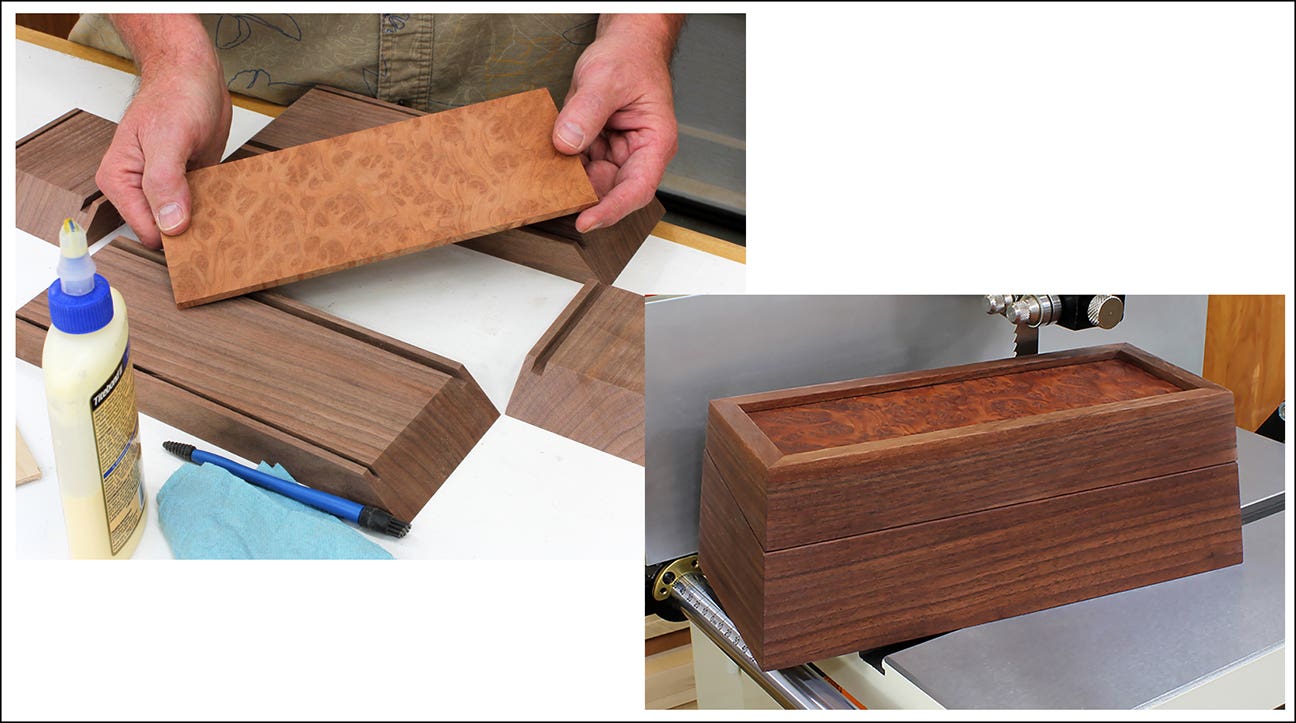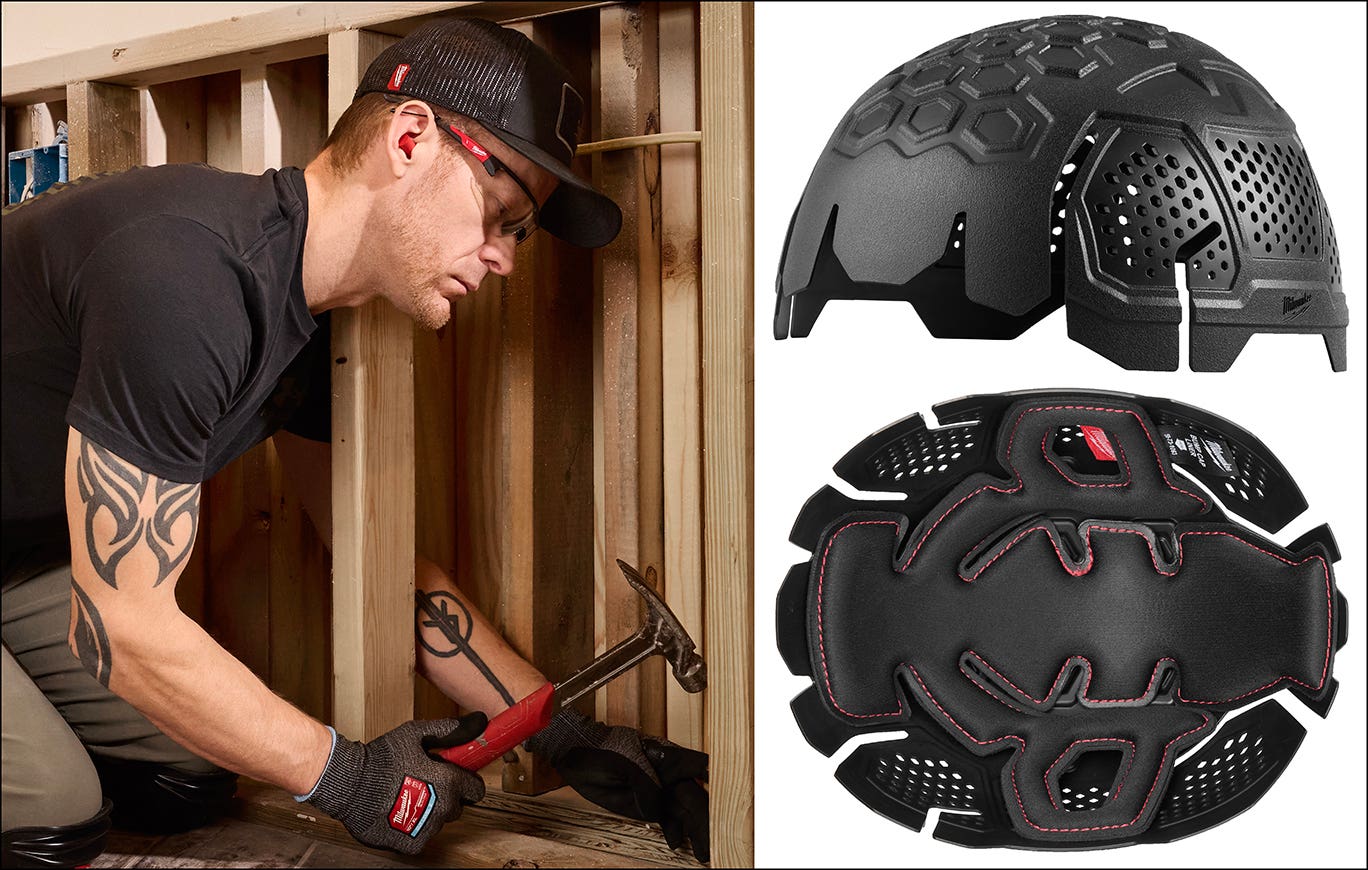In 30 years, weve seen a lot and were just getting started
It’s official. Woodshop News is 30 years old. I write this on the morning Donald Trump was elected president, so it seems rather trivial. But it’s certainly a milestone moment…
It’s official. Woodshop News is 30 years old. I write this on the morning Donald Trump was elected president, so it seems rather trivial. But it’s certainly a milestone moment for my staff and co-workers. Thirty years is a long time to do anything and, to succeed in the publishing industry during that span, in my opinion, is rather remarkable.
So cheers to all who’ve helped make it happen and that includes our loyal readers. We’ve endured and prospered because of you and all I can really add is a heartfelt thanks. We’ll continue to do what we do and see if we can’t reach more milestones.
I’m not going to comment on the presidential election except to say that its time to rally behind our next leader. We need to get stuff done. There are a number of wood industry-related issues weaving their way through our great bureaucracy and, while I can’t recall either major candidate addressing them specifically, decisions will be made by the next sitting administration and legislature.
We’re supposed to have a final rule forthcoming on formaldehyde emission standards from the Environmental Protection Agency, for example.
On July 7, 2010, President Obama signed the Formaldehyde Standards for Composite Wood Products Act into law. This legislation, which added Title VI to the Toxic Substances Control Act, established limits for formaldehyde emissions from composite wood products: hardwood plywood, MDF and particleboard.
The national emissions standards in the law are designed to reduce exposures to formaldehyde, avoid harmful health effects and mirror standards previously established by the California Air Resources Board for products sold, offered for sale, supplied, used or manufactured for sale in California. Congress tasked the EPA with developing regulations to implement this Act.
Specifically, the EPA says the final rule will:
• Limit formaldehyde emissions from composite wood products that are sold, manufactured, or imported in the United States. Formaldehyde is found in the adhesives used in a wide range of composite wood products.
• Level the playing field for domestic manufacturers who have a high rate of compliance with the California standard and will ensure that imported products not subject to California’s requirements will meet the new standard.
• Require labeling these wood products as TSCA Title VI compliant one year after the rule is published.
• Set testing requirements to ensure that products comply with those standards.
• Establish a third-party certification program to ensure that composite wood panel producers comply with the new emissions limits.
• Establish requirements for accreditation bodies to be recognized by EPA that will accredit the third-party certifiers.
• Include exemptions from some testing and recordkeeping requirements for products made with ultra low-emitting and no-added formaldehyde resins.
The deadline for public comment on this rule ended on Nov. 7, so a final version is expected soon. We’ll keep you posted.
In other news, the 17th Convention on the International Trade in Endangered Species (CITES) agreed to new trade controls for the entire Dalbergia genus, a group of approximately 300 species that grow across the tropical regions of Central and South America, Africa, Madagascar and southern Asia. This includes the commercial group known as rosewood.
The new protections enter into force in 90 days, but need action by individual nations to have an impact.
This article originally appeared in the December 2016 issue.






